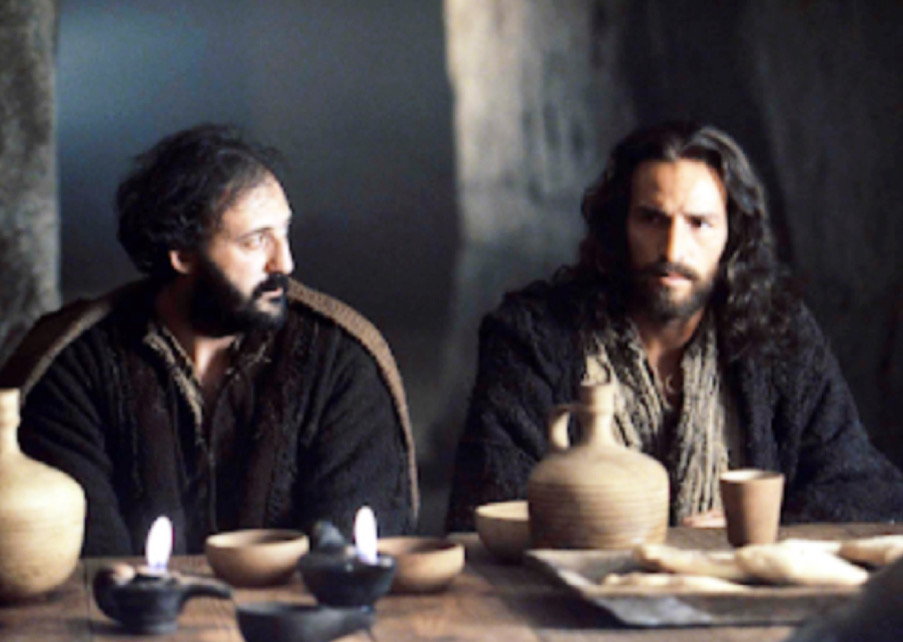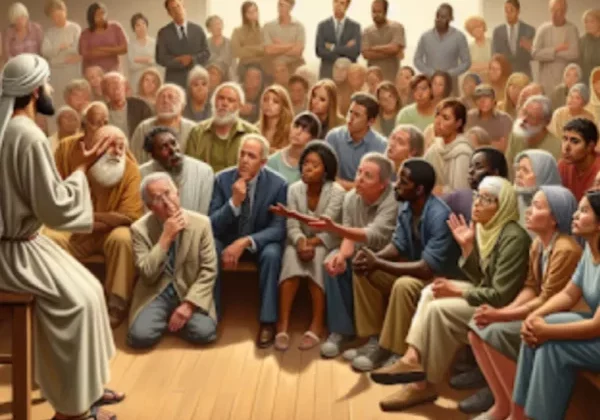Why The Passion of the Christ is a Powerful Watch This Holy Week

SHARE
Mel Gibson’s The Passion of the Christ (2004) is more than just a cinematic retelling of Jesus’ final hours—it is an immersive, spiritual encounter. Seventeen years since its release, the film continues to be a profound viewing experience during Holy Week, inviting faith, reflection, reverence, and repentance.
What makes this film a powerful watch at this sacred time is not just its adherence to the biblical narrative but the way it invites Chrisitans and viewers into a contemplative union with Christ‘s suffering and love.
First, the film’s authenticity in language and imagery immediately sets it apart. Gibson made the bold decision to use Aramaic and Latin for dialogue, enhancing the sacred tone and historical realism.
The use of subtitles draws viewers into an intentional engagement with every word and moment, demanding a deeper attention that fosters contemplation. This stylistic choice elevates the experience from mere entertainment to spiritual participation, not unlike how Latin enriches the solemnity of traditional liturgy.
The film is structured around the Gospel account of the Passion. The Passion of the Christ walks viewers through each harrowing moment of Christ’s suffering. These familiar scenes become more vivid on screen: Judas’ betrayal, the scourging, the crowning with thorns, the carrying of the cross, the encounter with Mary, Veronica’s veil, and the Crucifixion.
Each moment is not only cinematic but prayerful, capturing the spiritual depth of the greatest act of love the world has ever known.
The violence in the film is unflinching and intense—but not gratuitous. Instead, it serves to illustrate the physical cost of redemption. As viewers watch Jesus endure mockery, brutal whipping, and crucifixion, they are not simply observing a story—they are being drawn into a deeper understanding of sacrifice.
For believers, the suffering is personal. Christ did this for us. The horror of the Passion underscores the magnitude of God’s mercy and the seriousness of sin.
Flashbacks to Christ’s life add an emotional counterpoint, portraying His teachings, tender interactions with His mother, and the Last Supper. These moments are more than narrative devices—they remind us of who Jesus is: the loving Son, the compassionate Teacher, the eternal Word made flesh. They bring light into the darkness of the Passion, preparing the heart for the hope of the Resurrection.
Jim Caviezel’s portrayal of Christ is remarkably reverent and human. His silence, expressions, and quiet strength capture the mystery of the Suffering Servant foretold in Isaiah 53. The supporting cast, especially Maia Morgenstern as Mary, provides emotional gravity and spiritual depth to the unfolding drama.
Ultimately, The Passion of the Christ is not just a film—it is, as Joseph Pearce describes, a “moving icon.” It leads us into prayer, stirs the soul, and calls for inner conversion. Watching it during Holy Week becomes an act of devotion, a way to meditate more deeply on Christ’s Passion, and to prepare one’s heart for the joy of the Resurrection.
*Cover Photo/Thumbnail Photo from Icon Productions
RELATED ARTICLES

I’m a Christian and I Got No Startup Money!

Tempted to Abandon My Calling

Standing With Israel, Day by Day









